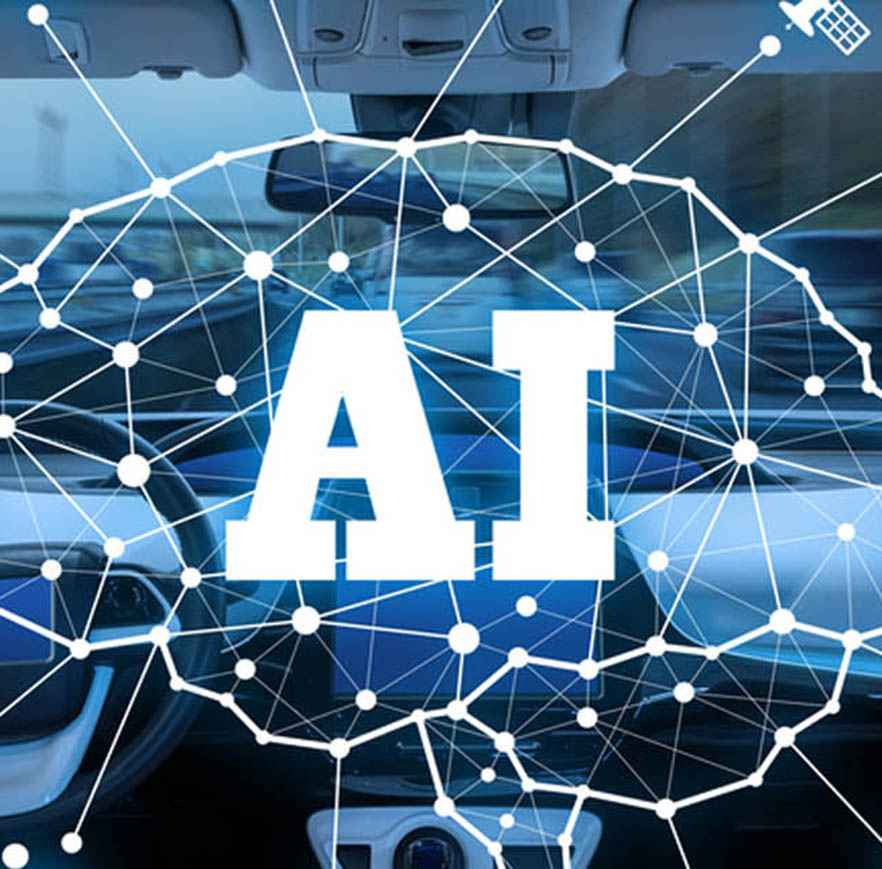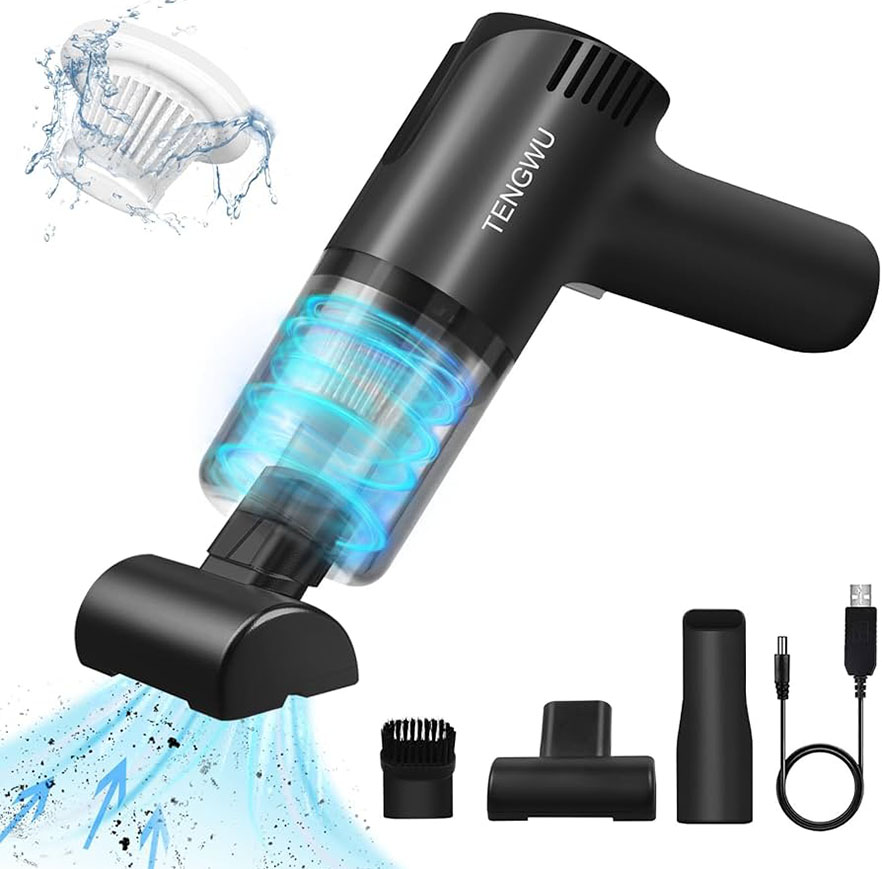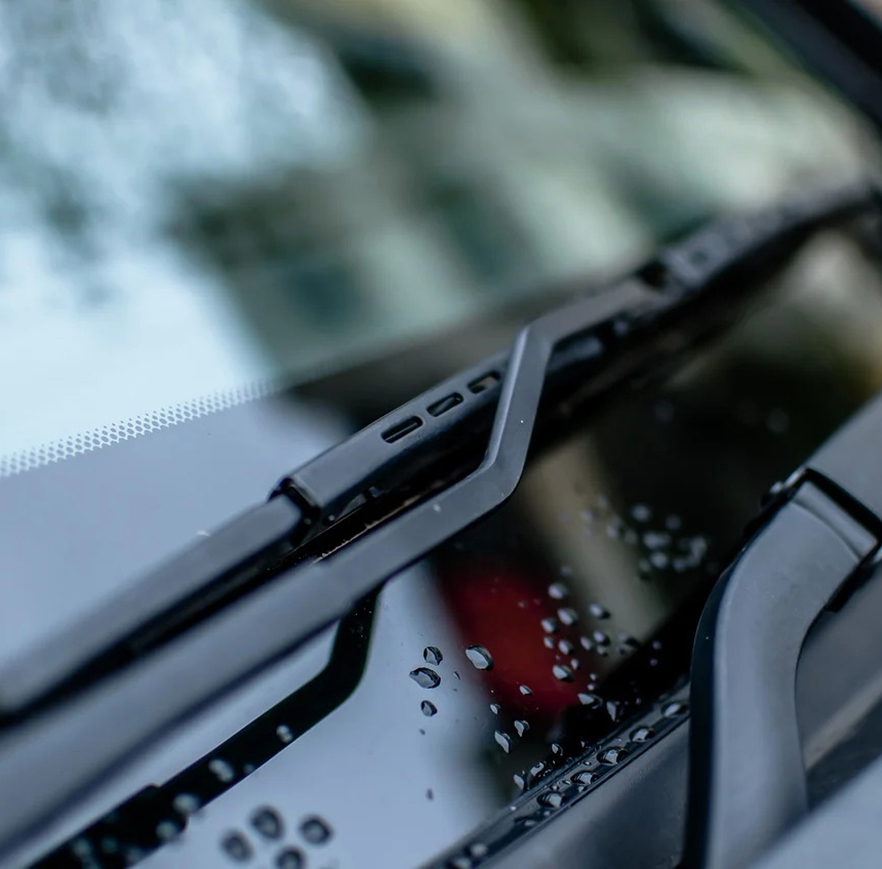In the ever-evolving landscape of automotive technology, the integration of Driver Assistance Systems (DAS) marks a revolutionary shift in the way we perceive and engage with automobiles. These systems, designed to augment and support human driving, have become the cornerstone of modern vehicle safety and functionality.
Driver Assistance Systems encompass an array of technological innovations and advancements aimed at enhancing the driving experience. From basic functionalities like adaptive cruise control to more intricate features such as autonomous emergency braking, these systems herald an era of vehicles capable of perceiving, interpreting, and responding to their surroundings in ways that were once confined to the realms of science fiction.
The inception of Driver Assistance Systems dates back to the early stages of automotive engineering, where rudimentary forms of cruise control and automatic transmissions were the first steps towards automation in vehicles. Over time, these systems evolved and assimilated newer technologies, like radar, LiDAR, and cameras, empowering vehicles with unprecedented levels of perception and cognition.
A diverse spectrum of Driver Assistance Systems exists, each catering to specific facets of driving. From the venerable adaptive cruise control that maintains safe distances between vehicles to lane-keeping assist systems that ensure drivers stay within designated lanes, the evolution of these systems has been prodigious. Recent innovations like autonomous parking assistance and traffic jam assist systems further cement the role of DAS in simplifying and augmenting the driving experience.
Driver Assistance Systems have been developed with a primary aim: to enhance road safety. These systems mitigate the risk of accidents by offering real-time assistance, mitigating driver errors, and alerting drivers to potential hazards. Additionally, they serve to reduce driver fatigue, thereby augmenting comfort and overall driving experience.
While the potential benefits of Driver Assistance Systems are monumental, there remain significant challenges. Issues of system reliability, ethical implications, and public awareness pose hurdles to their seamless integration. However, ongoing research, development, and stringent safety measures are propelling these systems toward a future where driving is not just safer but also more convenient and efficient.
Evolution of Driver Assistance Systems
Historical Overview of Early Driver Assistance Technologies
The inception of Driver Assistance Systems dates back to the early stages of the automotive industry when rudimentary forms of these systems first emerged. One of the initial breakthroughs was the introduction of cruise control in the 1950s. This system allowed drivers to set a constant speed, relieving them from the continuous need to maintain it manually. Over the subsequent decades, technological progress led to the inclusion of anti-lock braking systems (ABS) in the 1970s, providing improved control during emergency braking by preventing wheel lock-up.
As the years progressed, the concept of driver assistance continued to evolve. In the late 20th century, traction control systems became prevalent, enhancing vehicle stability by mitigating wheel spin on slippery surfaces. Moreover, the development of electronic stability control (ESC) systems in the early 2000s significantly reduced the risk of skidding and loss of control by selectively applying brakes to individual wheels.
Advancements in Recent Years and Their Impact on Driving
Recent years have witnessed an unprecedented surge in technological advancements, profoundly impacting the landscape of Driver Assistance Systems. The integration of sensor technologies like radar, LiDAR, cameras, and ultrasonic sensors has been pivotal. These sensors enable vehicles to perceive their surroundings comprehensively, facilitating functionalities such as adaptive cruise control, lane-keeping assist, and forward collision warning.
Furthermore, the emergence of artificial intelligence and machine learning has revolutionized Driver Assistance Systems. These systems have transitioned from merely reacting to predefined situations to proactively analyzing real-time data to predict and prevent potential hazards. Advanced driver assistance features, like automatic emergency braking, pedestrian detection, and blind-spot monitoring, have become commonplace in modern vehicles, significantly reducing the likelihood of accidents.
The impact of these advancements on driving cannot be overstated. They have not only enhanced vehicle safety but also transformed the driving experience itself. Drivers now have access to a range of automated functions that make driving more convenient, less fatiguing, and safer than ever before.
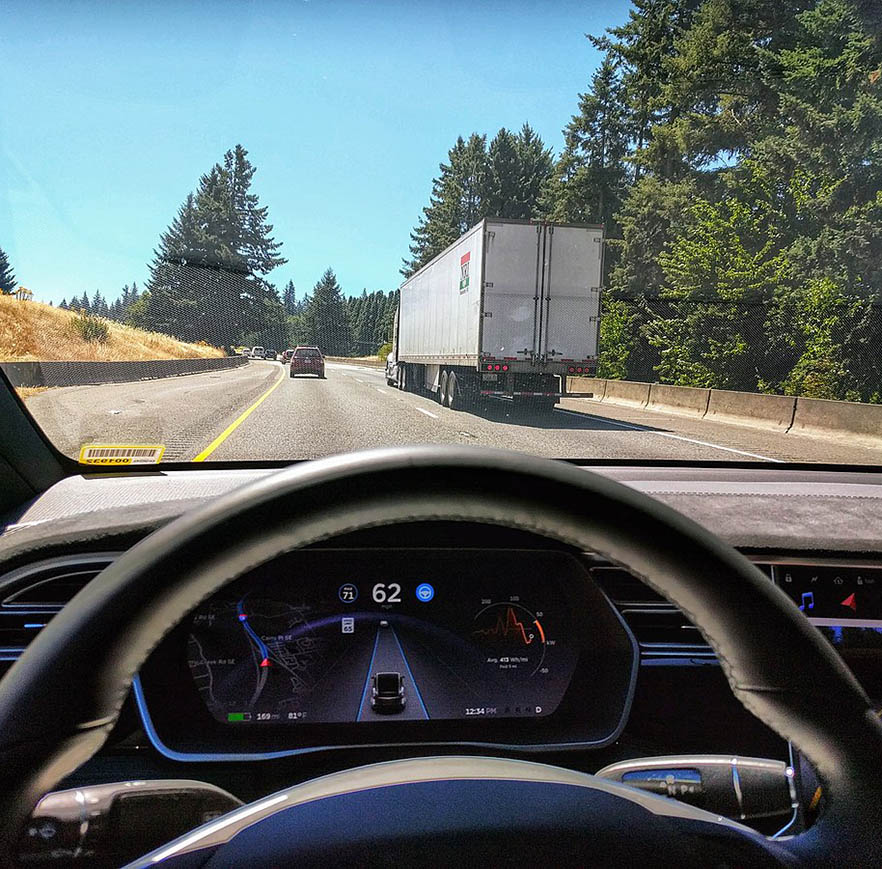
Types of Driver Assistance Systems
Explanation of Various Driver Assistance Features:
Adaptive Cruise Control (ACC):
Adaptive Cruise Control is an evolution of traditional cruise control. Unlike standard cruise control, which maintains a constant speed, ACC uses sensors (such as radar or LiDAR) to detect the distance and speed of vehicles ahead. It automatically adjusts the vehicle’s speed to match the flow of traffic, maintaining a safe following distance. ACC enables a more relaxed driving experience, reducing the need for constant speed adjustments in varying traffic conditions.
Lane Keeping Assist (LKA):
Lane Keeping Assist is designed to prevent unintentional drifting from a lane. Utilizing cameras and sensors, this system monitors lane markings. If the vehicle begins to deviate without signaling, LKA provides corrective steering inputs or alerts the driver through visual or audible warnings. It helps mitigate the risk of lane departure accidents, especially on long journeys or when drivers become fatigued.
Autonomous Emergency Braking (AEB):
AEB is a safety feature that detects potential collisions with objects, pedestrians, or other vehicles. Using sensors and cameras, it anticipates impending crashes and, if the driver doesn’t react in time, automatically applies the brakes to prevent or reduce the severity of the collision. AEB significantly enhances safety by mitigating the consequences of driver inattention or delayed reactions.
Parking Assistance Systems:
Parking Assistance Systems encompass various features like automatic parking, 360-degree cameras, and parking sensors. These systems assist drivers in maneuvering into parking spaces by providing guidance, often taking over steering control during parallel or perpendicular parking. They enhance convenience and reduce the stress associated with parking in tight spaces.
Traffic Jam Assist:
Traffic Jam Assist combines adaptive cruise control and lane-keeping systems to provide semi-automated driving in congested traffic. It maintains a safe distance from the vehicle in front and keeps the vehicle centered within the lane, reducing driver fatigue in stop-and-go traffic situations.
Blind Spot Monitoring:
Blind Spot Monitoring uses sensors to detect vehicles in the driver’s blind spots. When a vehicle enters these zones, the system alerts the driver through visual or audible signals, reducing the risk of side-impact collisions during lane changes.
How Each System Operates and Benefits Drivers:
Each driver assistance system operates using a combination of sensors, cameras, and software algorithms, providing a wide array of benefits. ACC and Traffic Jam Assist alleviate the stress of constant speed adjustments in traffic, while LKA and Blind Spot Monitoring enhance safety by preventing unintentional lane departures and collisions. AEB acts as a safety net in emergency situations, mitigating collisions, and reducing their severity. Parking Assistance Systems simplify parking maneuvers, making them less challenging and time-consuming.
These systems collectively contribute to a safer, more convenient, and efficient driving experience, empowering drivers with added confidence and assistance while navigating diverse road conditions.
Benefits of Driver Assistance Systems
Improved Safety on Roads and Reduction in Accidents:
Driver Assistance Systems play a pivotal role in enhancing road safety. These systems are equipped with advanced sensors and technology that can detect potential dangers, such as imminent collisions or lane departures. By issuing warnings or intervening in critical situations, they significantly reduce the risk of accidents. Studies have shown that vehicles equipped with driver assistance features have lower accident rates compared to those without such systems.
Mitigation of Driver Fatigue and Stress:
Long drives or congested traffic conditions can induce driver fatigue and stress. Driver Assistance Systems, such as Adaptive Cruise Control and Traffic Jam Assist, alleviate this burden by taking over repetitive tasks like maintaining a safe distance from vehicles ahead or assisting with steering in heavy traffic. By reducing the need for constant manual input, these systems allow drivers to focus more on situational awareness and less on monotonous driving tasks, thereby mitigating fatigue.
Enhancement of Overall Driving Experience:
The integration of Driver Assistance Systems elevates the overall driving experience. These technologies provide convenience, especially in urban environments where parking can be challenging. Features like Parking Assistance Systems streamline parking maneuvers, making them more efficient and less stressful. Additionally, Lane Keeping Assist and Blind Spot Monitoring enhance safety during highway driving, contributing to a more secure driving environment.
Environmental Benefits through Increased Fuel Efficiency:
Driver Assistance Systems not only improve safety and convenience but also contribute to environmental sustainability. Technologies such as Adaptive Cruise Control optimize driving by maintaining consistent speeds and safe distances, which can result in smoother acceleration and deceleration. This optimized driving behavior often leads to increased fuel efficiency and reduced emissions. Consequently, vehicles equipped with these systems can have a positive impact on the environment by promoting more eco-friendly driving habits.
These benefits collectively underscore the significance of Driver Assistance Systems in promoting safer, more comfortable, and environmentally conscious driving experiences.
Challenges and Limitations
Reliability and Limitations of Current Driver Assistance Systems:
While Driver Assistance Systems have made significant advancements, their reliability is not absolute. These systems heavily rely on sensors, cameras, radar, and other technologies, which might face limitations in adverse weather conditions like heavy rain, snow, or fog. Moreover, they might struggle with accurately detecting certain objects or road markings, leading to occasional false warnings or missed alerts. Understanding these limitations is crucial for both manufacturers and users to ensure realistic expectations and continuous improvements in technology.
Ethical Concerns and Legal Implications:
Driver Assistance Systems raise ethical questions regarding the extent of control delegated to automated systems versus human drivers. The transition from partially autonomous to fully autonomous vehicles also poses legal challenges, particularly concerning liability in the event of accidents. Determining accountability and responsibility between the driver and the system itself remains an unresolved issue. Additionally, questions regarding data privacy and security of information collected by these systems have also been raised, requiring thorough regulatory frameworks and industry standards.
Consumer Awareness and Education Regarding System Capabilities and Limitations:
There is a need for comprehensive education among consumers about the capabilities and limitations of Driver Assistance Systems. Often, drivers may overestimate the capabilities of these systems, leading to complacency or misuse. Providing clear and understandable information about how these systems function, their intended use, and their limitations is crucial. Manufacturers and regulatory bodies must collaborate to ensure that users receive accurate and comprehensive information about the functionalities and boundaries of these systems.
Navigating these challenges and addressing limitations will be essential for further development and successful integration of Driver Assistance Systems into everyday driving scenarios.
Future Trends and Innovations
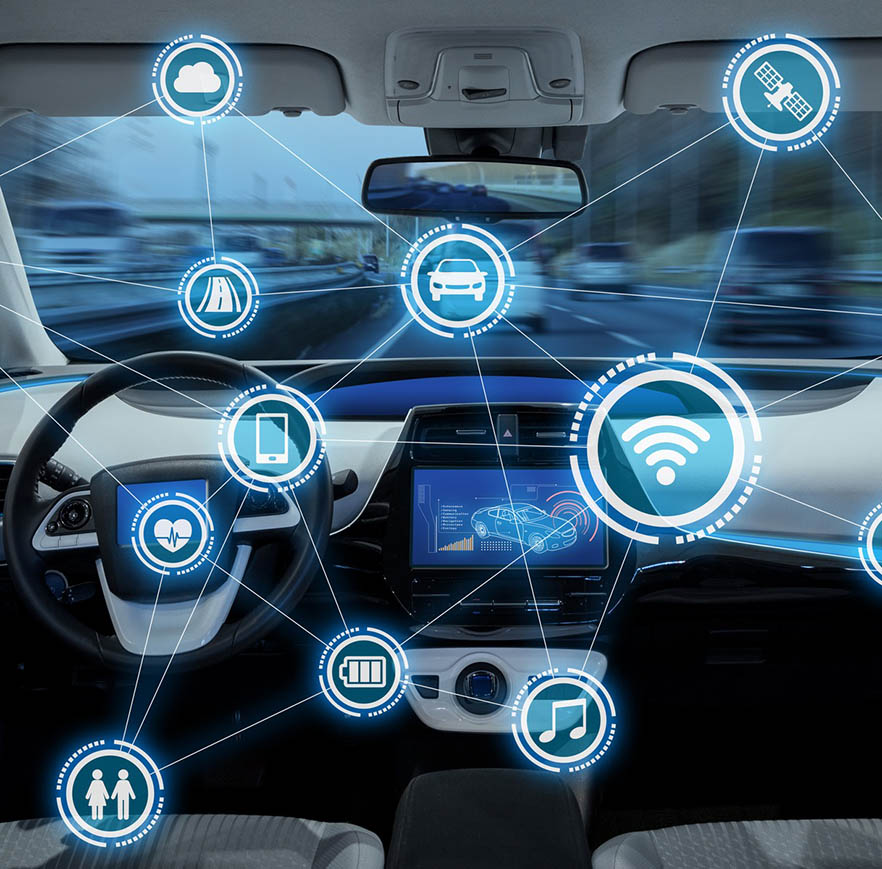
Integration of Artificial Intelligence (AI) and Machine Learning:
The future of Driver Assistance Systems lies in the integration of Artificial Intelligence (AI) and Machine Learning (ML). AI algorithms, combined with ML capabilities, are poised to revolutionize these systems, enabling them to learn and adapt based on real-time data. This evolution will empower vehicles to make more informed decisions, anticipate potential hazards, and enhance their responsiveness to complex driving scenarios. The ability to analyze vast amounts of data in real-time will significantly improve the accuracy and reliability of these systems.
Advancements in Sensor Technology and Connectivity:
Ongoing advancements in sensor technology, particularly LiDAR (Light Detection and Ranging), RADAR (Radio Detection and Ranging), and cameras, will play a pivotal role in the evolution of Driver Assistance Systems. These sensors, along with improved connectivity facilitated by 5G networks, will enable vehicles to gather, process, and interpret data from their surroundings more effectively. This enhanced data acquisition will contribute to a more comprehensive understanding of the environment, thus improving the accuracy of decision-making in real-time.
Potential for Fully Autonomous Vehicles and Their Implications:
The ultimate goal of Driver Assistance Systems is the development and implementation of fully autonomous vehicles. These vehicles, operating without any human intervention, have the potential to revolutionize transportation, making it safer, more efficient, and accessible. However, achieving full autonomy poses numerous technical, regulatory, and ethical challenges. Issues related to safety, liability, cybersecurity, and societal acceptance need to be addressed comprehensively before widespread adoption. Additionally, the transformation to a fully autonomous fleet will significantly impact various industries, transportation infrastructure, and urban planning.
User Experience and Adoption
User Acceptance and Attitudes towards Driver Assistance Technologies:
Understanding user perspectives and attitudes toward driver assistance technologies is crucial for their successful adoption. While many users appreciate the safety and convenience these systems offer, some might express concerns about over-reliance or a perceived loss of control. Various studies indicate that users often desire systems that enhance safety without compromising the joy or control of driving. Furthermore, there might be generational differences in the acceptance of these technologies, with younger generations being more open to adopting advanced driver assistance features.
Challenges in the Widespread Adoption of These Systems:
Despite the proven benefits, several challenges hinder the widespread adoption of driver assistance technologies. These challenges include cost barriers, lack of awareness or understanding of system capabilities, perceived complexity, and concerns about the reliability of these systems. Additionally, inconsistent regulations and standards across different regions or countries can create obstacles to the universal implementation of these technologies.
Strategies to Increase User Trust and Acceptance:
To increase user trust and acceptance, several strategies can be implemented. Education and awareness campaigns are vital to inform users about the capabilities, limitations, and benefits of driver assistance systems. Manufacturers and industry stakeholders should focus on making these systems more intuitive, user-friendly, and transparent about their functionalities. Moreover, improving the affordability and accessibility of these technologies will encourage wider adoption. Collaborations between automotive manufacturers, policymakers, and technology companies are necessary to establish standardized regulations, ensuring consistent implementation and reliability of these systems.
Enhancing the user experience and addressing concerns about these technologies’ adoption are pivotal for their successful integration into daily driving routines.
Driver assistance systems represent a revolutionary leap in automotive technology, promising safer roads, enhanced driving experiences, and a glimpse into the future of transportation. Throughout this exploration, it’s evident that these systems have evolved significantly, from their nascent stages to the advanced technologies integrated into modern vehicles.
Recap of Importance and Impact:
The significance of driver assistance systems cannot be overstated. These technologies have substantially contributed to mitigating accidents, reducing driver fatigue, and improving overall road safety. From adaptive cruise control to autonomous emergency braking, each system plays a crucial role in making driving safer and more convenient.
Future Prospects and Automotive Industry Impact:
Looking ahead, driver assistance systems will continue to evolve, pushing the boundaries of innovation. The integration of artificial intelligence, machine learning, and sensor technology will pave the way for more sophisticated and reliable systems. Fully autonomous vehicles may become a reality, transforming how we perceive and interact with transportation. These advancements will undoubtedly revolutionize the automotive industry, reshaping the way we commute and travel.
Encouraging Safe and Responsible Usage:
While these technologies offer remarkable benefits, it’s imperative to promote their safe and responsible use. Education and awareness campaigns are vital to familiarize users with system functionalities, limitations, and ethical considerations. Encouraging a balance between technology assistance and human control will be key in ensuring a harmonious integration of these systems into everyday driving.
Their continued development and integration into vehicles will not only redefine transportation but also set the stage for a future where driving is not just safer but also more efficient and enjoyable.
